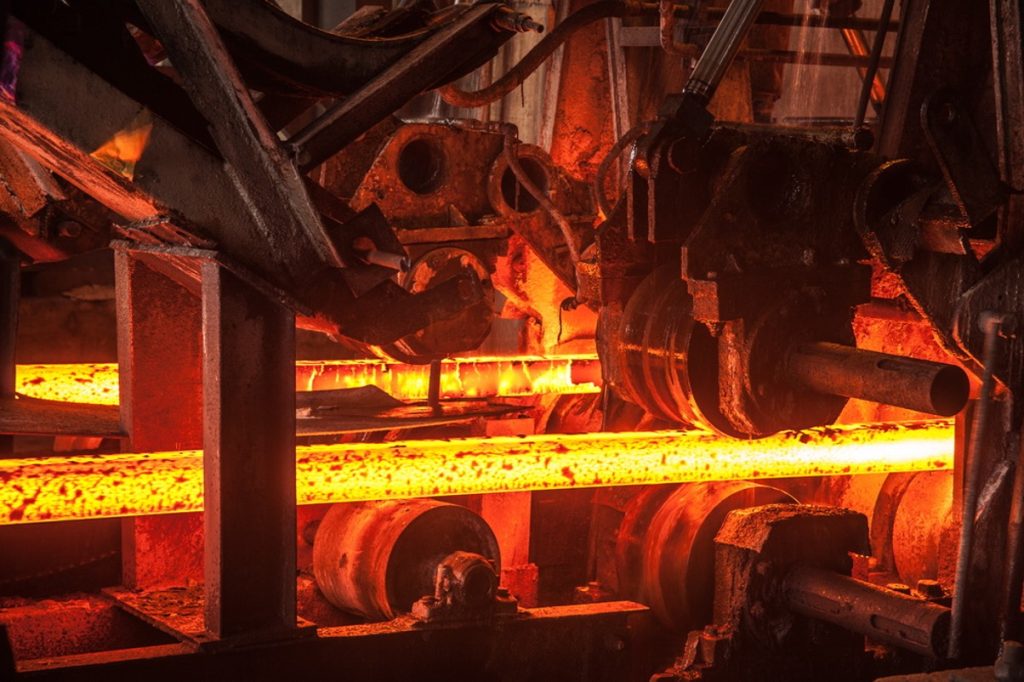
Barclays Highlights Nature-Related Risks Threatening Mining Earnings
Barclays recently released a report warning that mining earnings could decline by up to 25% over the next five years due to nature-related risks. The bank analyzed 250 mines linked to 30 companies and 9,000 European power plants using the TNFD’s LEAP Framework. It identified transition risks such as rising water costs, tougher pollution regulations, protected area expansions, and increased mineral recycling as the main threats to mining profitability.
Mining companies face significant exposure, especially in regions with high physical water risks like Australia, South Africa, and Chile, where copper mining is prominent. Meanwhile, power companies may see smaller earnings declines around 10%, mostly from physical threats like droughts and floods. Barclays also emphasized that biodiversity loss and ecosystem degradation are emerging systemic financial risks affecting miners worldwide.
Nature-Related Risks and Financial Implications for Mining
Barclays points out that nearly 75% of mining assets overlap with environmentally sensitive areas, underscoring the urgent need for sustainable operations. The World Economic Forum estimates nature-positive practices could unlock $430 billion in cost savings and new revenue by 2030 within the mining and metals sectors. However, a $700 billion annual financing gap exists in biodiversity, limiting broad adoption of these practices.
Despite data gaps, Barclays urges mining companies to act immediately to mitigate risks and seize opportunities in biodiversity financing. Head of sustainability Marie Freier stated that these nature-related risks are increasingly materializing and demand urgent attention. Companies that adopt nature-positive strategies can strengthen resilience and drive long-term value in the evolving global metals market.
SuperMetalPrice Commentary:
Barclays’ warning on nature-related risks highlights the growing intersection between environmental sustainability and mining profitability. Mining firms must integrate comprehensive environmental risk assessments and invest in sustainable practices to protect earnings. Meanwhile, investors should monitor how companies manage water usage, pollution controls, and biodiversity impacts, as these factors will increasingly influence commodity supply chains and pricing. The evolving landscape demands proactive strategies to balance profitability with environmental stewardship in the metals sector.











Leave a Reply
You must be logged in to post a comment.